Removing the grip tape cleanly is often possible without leaving any goo behind. Other times, if the deck was ridden a lot or if the grip tape is too thick, the adhesive may leave residue on the deck. This can also happen with decks exposed to heat and sunlight.
Don’t worry, it can be removed easily with these methods!
How to Remove Grip Tape Residue? – 5 Best Methods to Try!
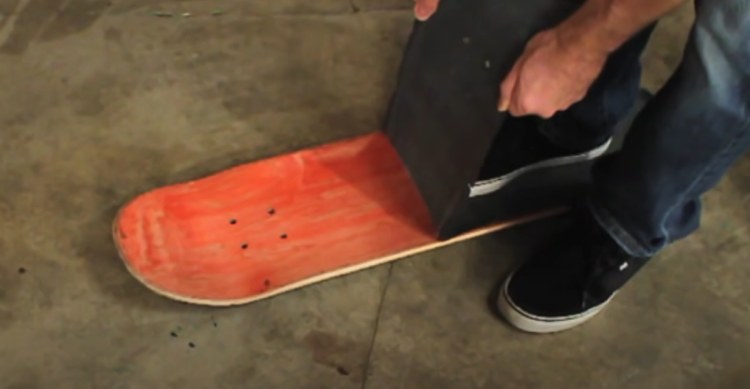
Method 1: Lighter fluid
Step 1
First, try peeling off the goo by scraping it off with a scraper or your fingernail without using any chemicals. Some grip tapes can be peeled off without tearing or leaving a residue.
Step 2
You need to create a path so the flighter fluid can penetrate through to the residue and work to dissolve it. Use the sandpaper and scruff the residue. Careful doing this, so you don’t scratch the sides of the deck.
Step 3
Add a few drops of lighter fluid onto the residue. Make sure there is enough to seep into the second layer of adhesive. Work in with a piece of cloth or your finger.
Step 4
Let the fluid soak for a few minutes, then rub the residue with some paper towel to remove the excess fluid.
Step 5
With a scraper, go from the corner of the residue.
If you find the residue is not coming free, easily add more fluid and repeat the steps.
Method 2: WD-40
Step 1
Clean the area first. Make sure you have scraped off as much grip tape as possible. Then, you can use your fingers and gently roll them on the residue. This will create little balls that are easy to pick up and throw away.
Step 2
Spray some wd40 onto the area that’s sticky. There is a WD-40 with the straw applicator if you want a more precise spray. Just spray a thin layer over the top.
Step 3
Let it sit and soak for a few minutes. This will help soften the residue so you can easily remove it with an old rag.
Step 4
With an old cloth, wipe away the sticky residue and excess WD-40.
Step 5
You can repeat the process if there is still some residue.
Method 3: Goo gone
Step 1
The residue should be sprayed directly until it is covered
Step 2
To break down the adhesive on the deck, let the liquid soak into it for 1-3 minutes.
Step 3
Using a putty knife or a scraper, try to peel the residue off. It may come off in pieces. You can reapply the goo gone and repeat the steps if you need to.
Step 4
Rinse the surface with hot, soapy water after you have removed all the residue.
Method 4: Rubber eraser
Pencil marks aren’t the only things an eraser can fix. You can also remove sticky residue from most surfaces with a rubber eraser. Just rub the eraser over the surface, and it will roll the residue off.
Method 5: Distilled white vinegar
Using household items to get rid of glue residue is cost-effective. Spread a vinegar-soaked rag or paper towel over the sticky area. The residue should soften after soaking for a few minutes, and then it can be removed by wiping or scraping.
Make sure you wash the deck afterward to remove the vinegar. Only use vinegar in spots that are going to be recovered with fresh grip tape as vinegar can stain.
Warnings
- Take care when handling flammable products like lighter fluid
- First, test for any potential stains on an inconspicuous area. Oils/alcohol may harm some surfaces or change their color
- Whenever you work with fume-producing substances, make sure the area is well-ventilated
FAQs
1. Is grip tape residue the same as sticker residue?
Ans. It works the same way. On both sticker and grip tape, there is a sticky residue on the back. A residue will be left when items have been stuck down for long periods. DIY methods that have been used on sticker residue often work for grip tape residue.
2. Is oil the best thing to use on grip tape residue?
Ans. Oil works well as it breaks down the sticky barrier and anything that has an oil base should work on the residue. But you need to be careful what you put on the deck so it doesn’t become stained or damaged.

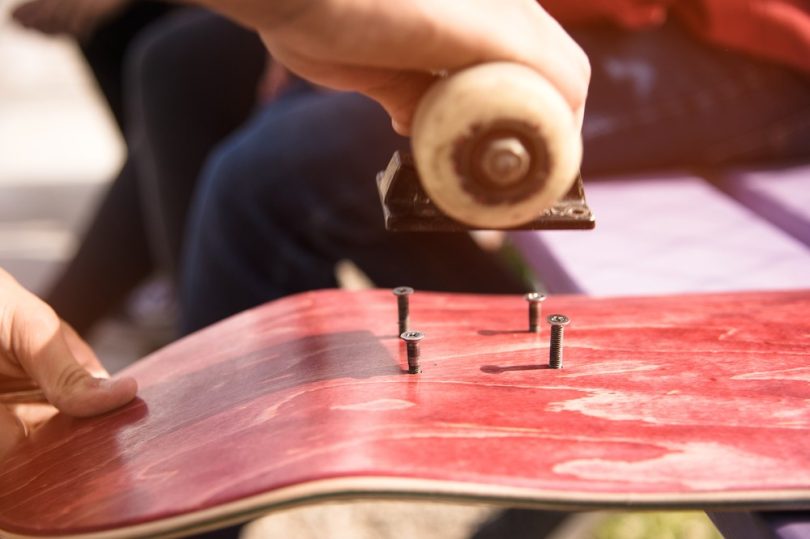

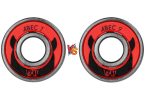
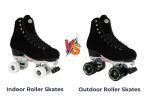
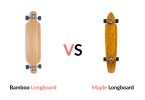


Leave a Comment